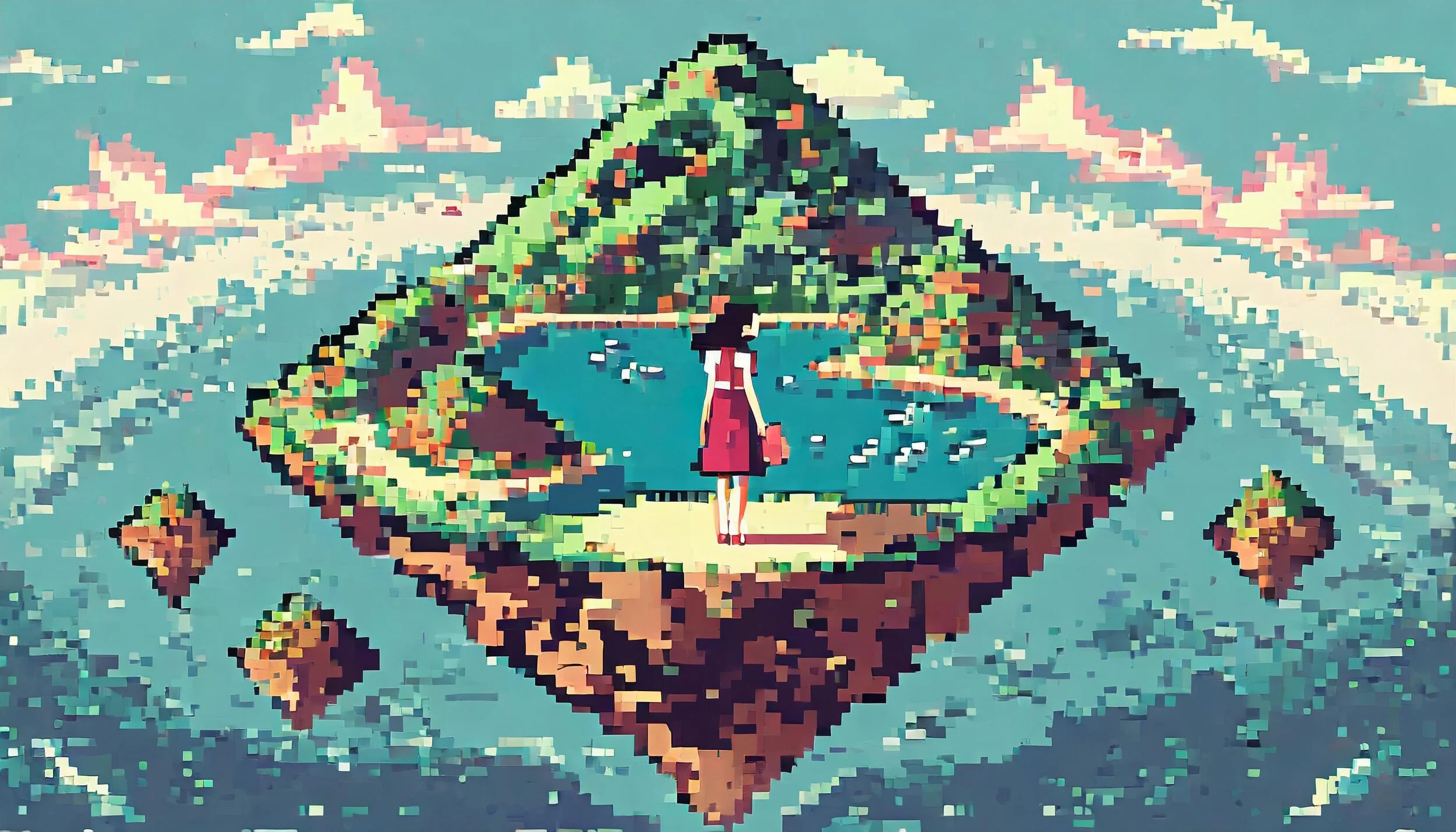Summary
Two young friends, Jennifer and Lala, meet each other as children, at the beginning of the 21st century: they are connected by a shared passion for video games, as a way to create new worlds and experiences. It’s what connects them as they grow together: they want to create new worlds.
They try their hand to enter the industry they love, with some success. But as they see the world becoming more and more digital, and talk of the metaverse swallowing reality whole, they decide to try to use their knowledge of game design to save reality. In a stroke of luck, they are connected with an idealistic scientist who has created a revolutionary smart contact lens system that is years ahead of the competition. She likes the way the two girls think and gives them a chance to use her tech to create their vision.
So, at just 22 years of age, they develop a groundbreaking augmented reality system: Seventh Sense.
Instead of having people escape the real world, Seventh Sense is used to bring them closer, to learn how it works, and to make an impact in the day-to-day lives of their cities, villages, and communities. They create a system that allows people to immediately see their impact on their surroundings, and understand what goes behind the price of everything that they can buy; they find a way to allow people to navigate the world with awareness, with a shared goal to make it better. They prove that new technologies can be used to empower individuals to connect with each other in meaningful, intentional ways.
Their company, Clear Eyes, revolutionizes the world, for the better, and creates a new industry.
After great success, business pressures force them to compromise their vision: the necessity to find new monetization loops takes away focus from making the app into a way to live life better. It turns it more and more into another engine of alienation. Because of this, Jen leaves the company and disappears. And not long after Lala decides to do the same: she finds no path to keep making the world better, so she takes a break to explore it.
A couple of years later, in a world where everyone wears augmented reality gear from different companies, all of a sudden a massive hack takes over everyone’s experience: no AR platform, and their marketplace, functions. But the hack is not a way to steal money, scare people, or disrupt the platforms. It creates a moment of peace and bliss. For some minutes, the entire world, at once, experiences a moment of shared peace and connection.
The hack is loved by many, but it is also a massive threat to the entire AR industry. A race starts to find whoever is behind this. Clear Eyes contacts Lala: she might be the only person who could be able to investigate who is responsible for the hack - especially because they have reason to think that Jennifer is the one behind it.
Lala goes to Hong Kong, the Deadwood of technology, to investigate. She will discover a new idea of how technology and humans can connect with each other. And have a chance, once again, to change the world.



